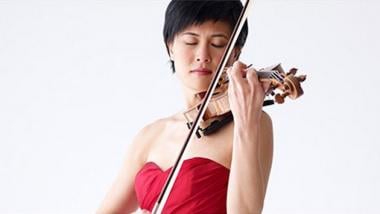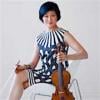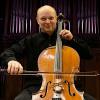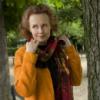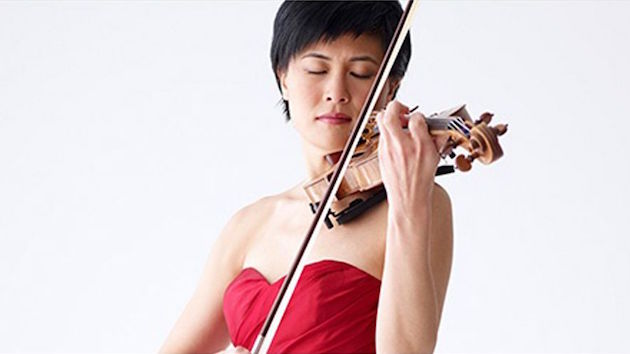
Since most of our classical music heroes lived before the age of recording, we’ve learned to worship the score in order to get closer to them. But as every musician knows, music is a living thing passed on by teaching, by exchange, by unexpected meetings of musicians who inspire and nourish each other’s playing.
This explains the special nature of the concert given by cellist Anssi Karttunen, violinist Jennifer Koh, and pianist Nicolas Hodges at UC Berkeley’s Hertz Hall on Sunday. Produced by Cal Performances, it was a meeting of friends, playing music by composers whose music they all know inside out. In Karttunen’s case, the composers, mostly fellow Finns, are friends, some of whom he’s known since his teenage years.
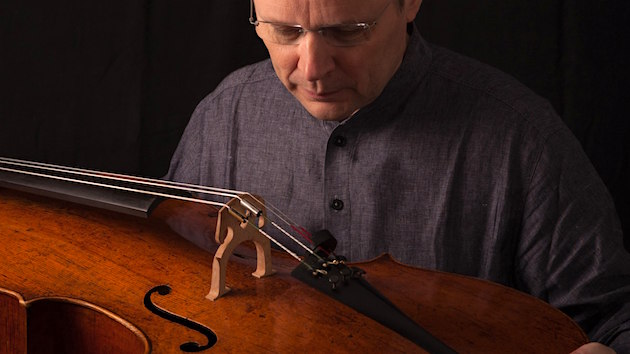
Koh has been performing Esa-Pekka Salonen’s Lachen Verlernt (Laughter Unlearned) for several years now. The piece is inspired by a phrase from Arnold Schoenberg’s song cycle Pierrot Lunaire. The composer tells us it’s a chaconne (a Baroque dance with a repeating bass line), like Bach’s famous exemplar from the Partita No. 2. It starts off meeting that expectation, but beyond the first few phrases it becomes progressively unhinged, leading to passages of furious bariolage and, eventually, single-string scrubbing. It’s a little strange watching the self-possessed Koh enter into this manic sound world, but she fully expressed the music’s interior monologue.
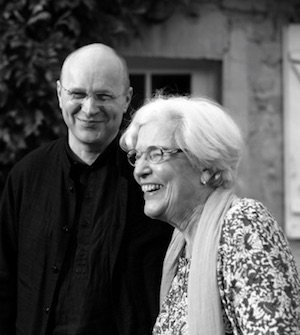
The real discovery on the program, I suspect for most listeners, was the 92-year-old French-American Betsy Jolas. While she is a highly decorated composer, her music is less often performed in the Anglo-American countries. (Sir Simon Rattle only got to know her music a couple of years ago.) She has a strong literary background, through her parents, and came of age in the postwar era, discovering the serialism of Pierre Boulez and Anton von Webern (to the alarm of Darius Milhaud, one of her teachers at the Conservatoire National.) But she incorporates a range of classical music in her writing.
Femme le soir (Woman in the evening) is one of several cycles of songs without words she has written, and it was premiered last year by Karttunen and Hodges, to whom the piece is dedicated. The first song, “Lulling” begins with an arpeggiated pitch collection in the piano accompaniment that, surprisingly perhaps, ends on a seventh chord. And that’s not the only triad-based harmony in the piece, though it’s not the basis of the music. The cello, in its most beautiful, singing register, traces a soft melody, a fragment of a lullaby.
Jolas constantly displaces the beat in this song (and in all eight songs of the collection), giving the two instrumentalists some independence, but also creating a floating feeling that keeps refreshing your ear. These unassuming pieces — there are only a couple of fortissimo interjections until the fourth song — are practically perfect, a master class in saying something meaningful in a two-minute form. Craft unites with expression, with a frame of reference that far exceeds my own.
The two anchoring pieces on the concert, piano trios by Kaija Saariaho and Magnus Lindberg were certainly musical highlights. UC Berkeley professor Edmund Campion aptly described Lindberg’s trio as “hyper-Brahmsian.” That’s not to flatten or denigrate the work — it’s not just neo-Romanticism. But it’s based in harmony, where the other works are developed from counterpoint. The opening, rumbling gesture in the bass of the piano led to Hodges grabbing lots of keys as he built up huge waves of chordal sound. The title of this first movement, “Sound big, sound” was immediately understandable. This underpinning drew forth incisive playing from Koh and Karttunen. Lindberg references the late 19th century in a way that seems personal and free of convention.
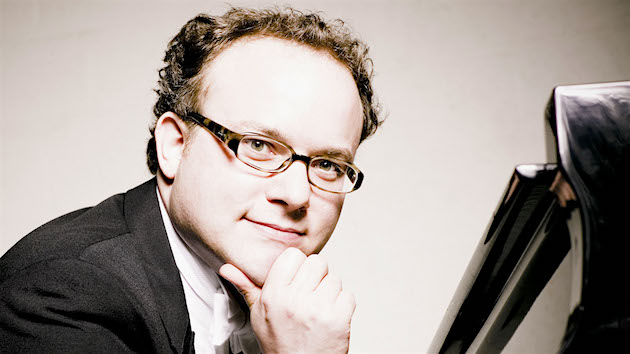
Saariaho’s Light and Matter, while worlds away from Lindberg’s trio, shares a common starting point in a bass run for the pianist. But Saariaho is thinking of kinetic energy; she develops the music, in her words, as a one-movement perpetual motion piece. When the cello and then the violin enter, there are glints and reflections, high harmonics, bended pitches, and trembling repeated notes that reproduce, in aural terms, the late-afternoon light on trees. The piece comes to regular pauses, and as it goes on, the three instruments share more thematic material and the cello and violin become more responsive to each other, imitating each other’s phrases.
Saariaho conjures a gamut of sounds from the instruments, and these musicians responded by weaving those sounds unobtrusively into the texture, creating a kind of magical interplay between individual moments and the music’s forward press. It’s that kind of unselfconscious performance, born of kinship with the music and being in the moment, that defined the entire concert.

